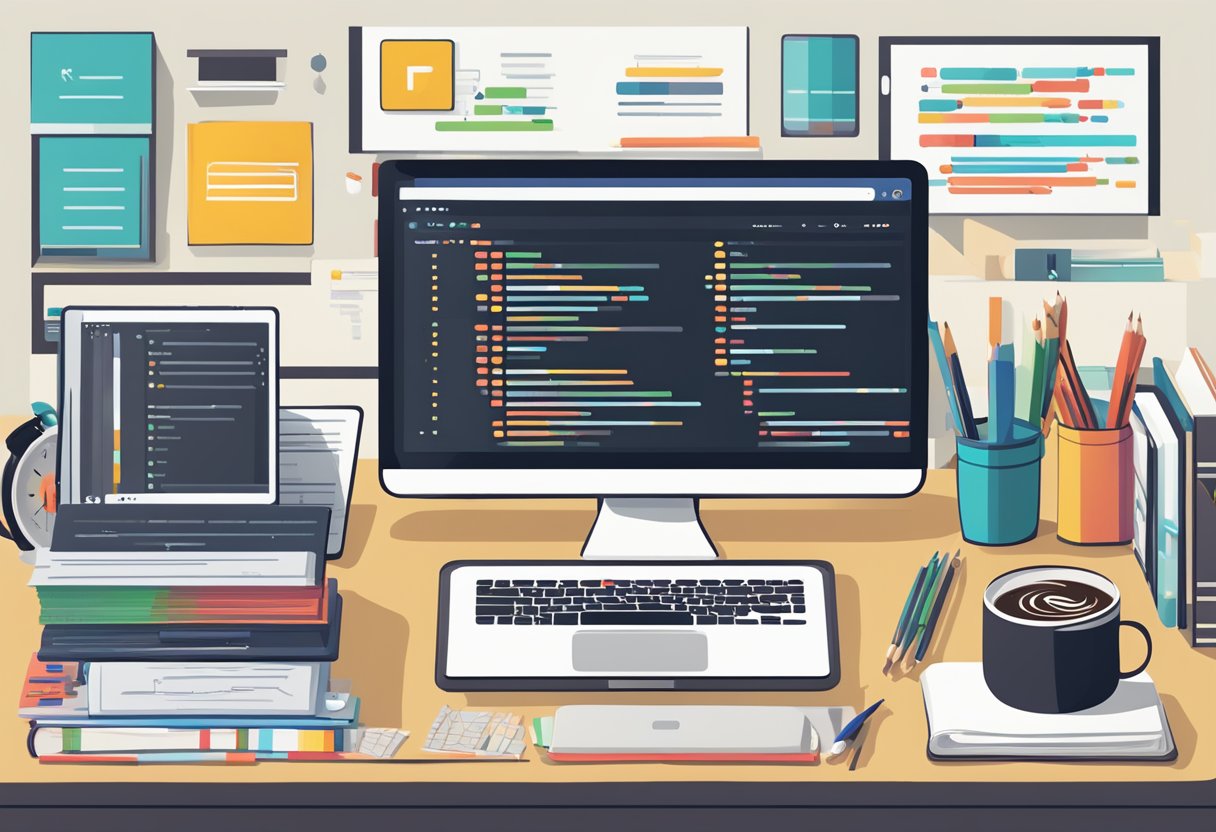React Native is a popular framework for building mobile applications using JavaScript and React. It allows developers to build cross-platform apps for iOS and Android with a single codebase, making it a valuable tool for companies looking to save time and resources. However, configuring a React Native development environment can be a daunting task for beginners, as it involves setting up multiple tools and dependencies. In this article, we will explore some tips and tools for configuring a React Native development environment for success.

One of the first steps in setting up a React Native development environment is installing Node.js and the React Native CLI. Node.js is a JavaScript runtime that allows developers to run JavaScript on the server-side, while the React Native CLI is a command-line interface that allows developers to create, build, and run React Native applications. Once these tools are installed, developers can create a new React Native project and start building their app.
Another important tool for configuring a React Native development environment is a code editor. There are many code editors available, but some popular choices include Visual Studio Code, Atom, and Sublime Text. These code editors offer features such as syntax highlighting, code completion, and debugging tools, which can help developers write code more efficiently. Additionally, some code editors offer extensions specifically for React Native development, which can further enhance the development experience.
Índice De Conteúdo
Setting Up the Development Environment
Before starting to develop a React Native application, it is essential to set up the development environment. This section will guide you through the necessary steps to configure your development environment for React Native.
Installing Node.js and Watchman
Node.js is a JavaScript runtime environment that allows developers to run JavaScript on the server-side. React Native requires Node.js to be installed on your system. Watchman is a tool that watches for changes in your code and automatically recompiles the code. It is recommended to install Watchman for a better development experience.
To install Node.js and Watchman, follow the steps below:
- Download and install Node.js from the official website.
- Install Watchman using the Homebrew package manager on macOS or by downloading it from the official website for other operating systems.
Setting Up React Native CLI
React Native CLI is a command-line interface that allows developers to create, build, and run React Native projects. To set up React Native CLI, follow the steps below:
- Install React Native CLI globally using npm by running the following command in your terminal:
npm install -g react-native-cli - Verify that React Native CLI is installed by running the following command in your terminal:
react-native --version
Configuring an IDE or Editor
An Integrated Development Environment (IDE) or code editor is essential for developers to write, edit, and debug code. React Native supports various IDEs and editors, including Visual Studio Code, Sublime Text, and Atom.
To configure an IDE or editor for React Native development, follow the steps below:
- Download and install your preferred IDE or editor.
- Install the React Native extension or plugin for your IDE or editor.
- Configure the IDE or editor to work with React Native. This may include setting up a debugger, configuring the project structure, and installing necessary dependencies.
By following these steps, you can set up your development environment for React Native and start building your application.
Running and Testing the Application
After setting up the development environment, the next step is to run and test the React Native application. This section covers the tools and techniques that developers can use to ensure that their application is running smoothly and efficiently.
Using Emulators and Simulators
React Native provides developers with the option of using emulators and simulators to test their applications. Emulators are software programs that simulate the behavior of a physical device, while simulators mimic the behavior of a real device but run on a different platform.
Developers can use Android Studio’s emulator or Xcode’s simulator to test their React Native application. Both tools provide a range of features that allow developers to simulate different device configurations, screen sizes, and orientations.
Debugging Tools and Techniques
Debugging is an essential part of the development process, and React Native provides developers with a range of debugging tools and techniques to identify and fix issues in their application.
React Native Debugger is a standalone debugging tool that allows developers to debug their application’s JavaScript code. It provides a range of features, including real-time code editing, breakpoints, and console logging, to help developers identify and fix issues in their code.
Another useful tool is the React Native Inspector, which is built into the React Native Developer menu. It allows developers to inspect and modify the layout and styling of their application in real-time.
Performance Optimization Tips
Optimizing the performance of a React Native application is essential to ensure that it runs smoothly and efficiently. Developers can follow several tips to optimize the performance of their application, including:
- Using the FlatList component instead of the ScrollView component to render long lists of data.
- Minimizing the number of re-renders by using PureComponent or shouldComponentUpdate.
- Using the react-native-fast-image library to load images more efficiently.
- Avoiding unnecessary computations and rendering by using memoization techniques.
By following these tips and techniques, developers can ensure that their React Native application runs smoothly and efficiently on different devices and platforms.


9 comentários em “Configuring React Native Development Environment: Tips and Tools for Success”